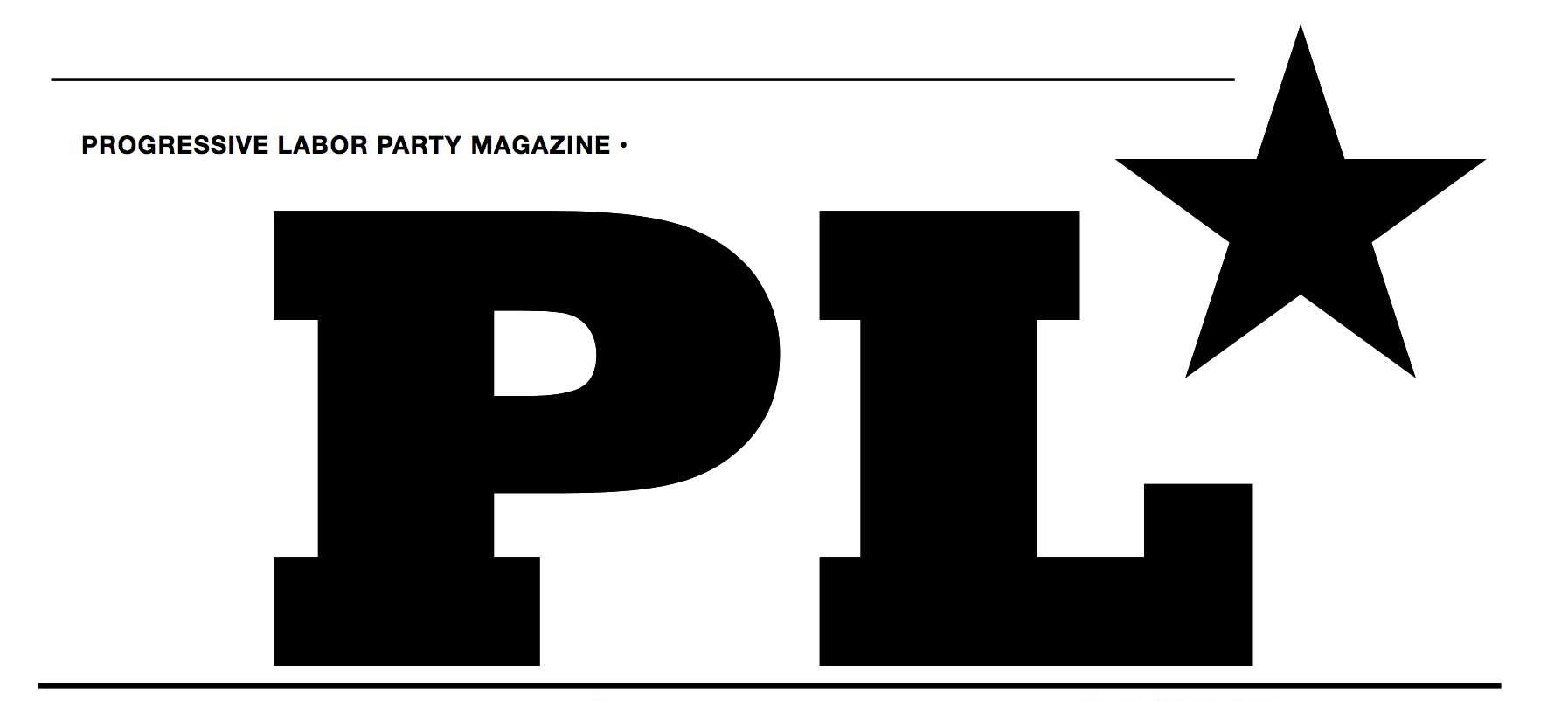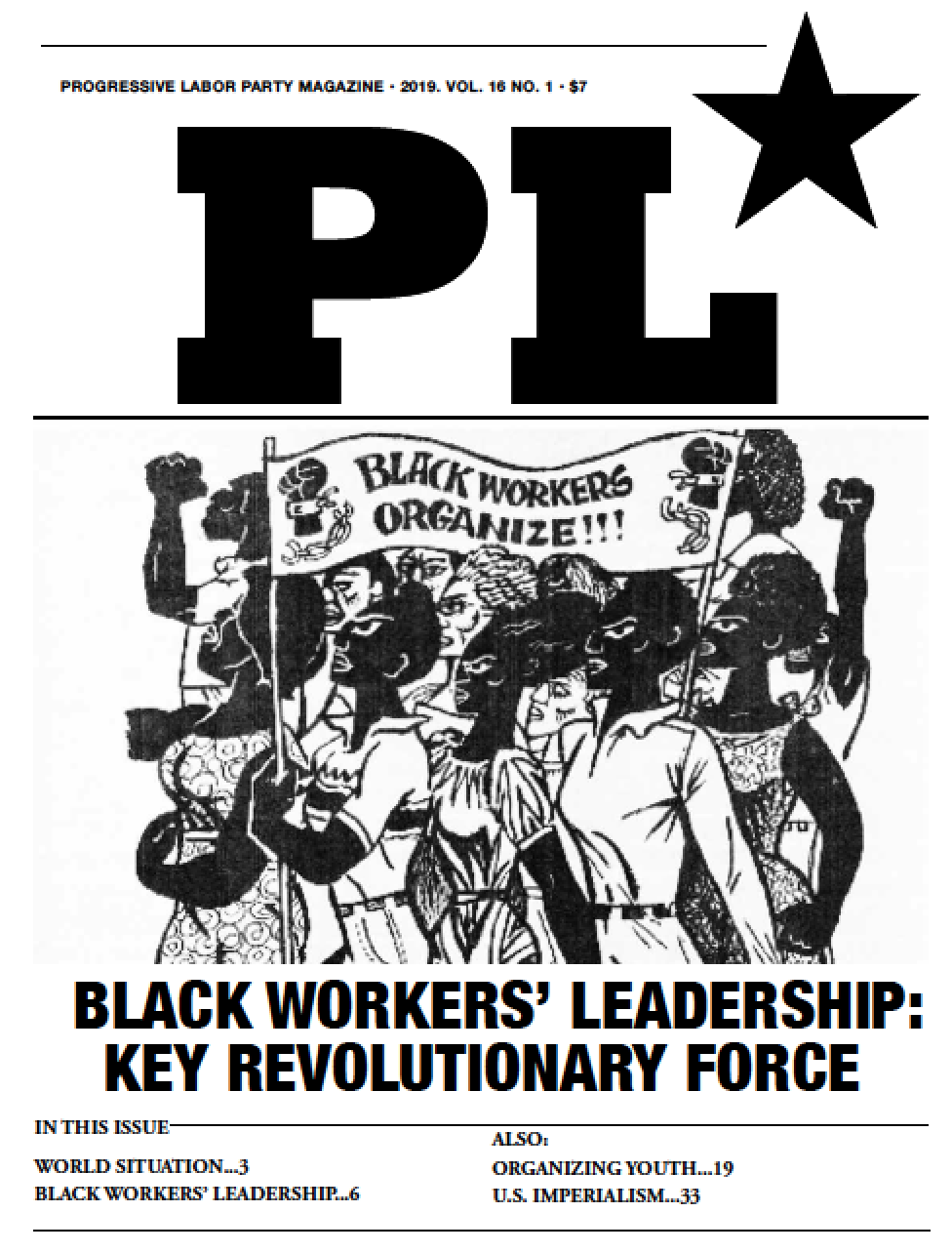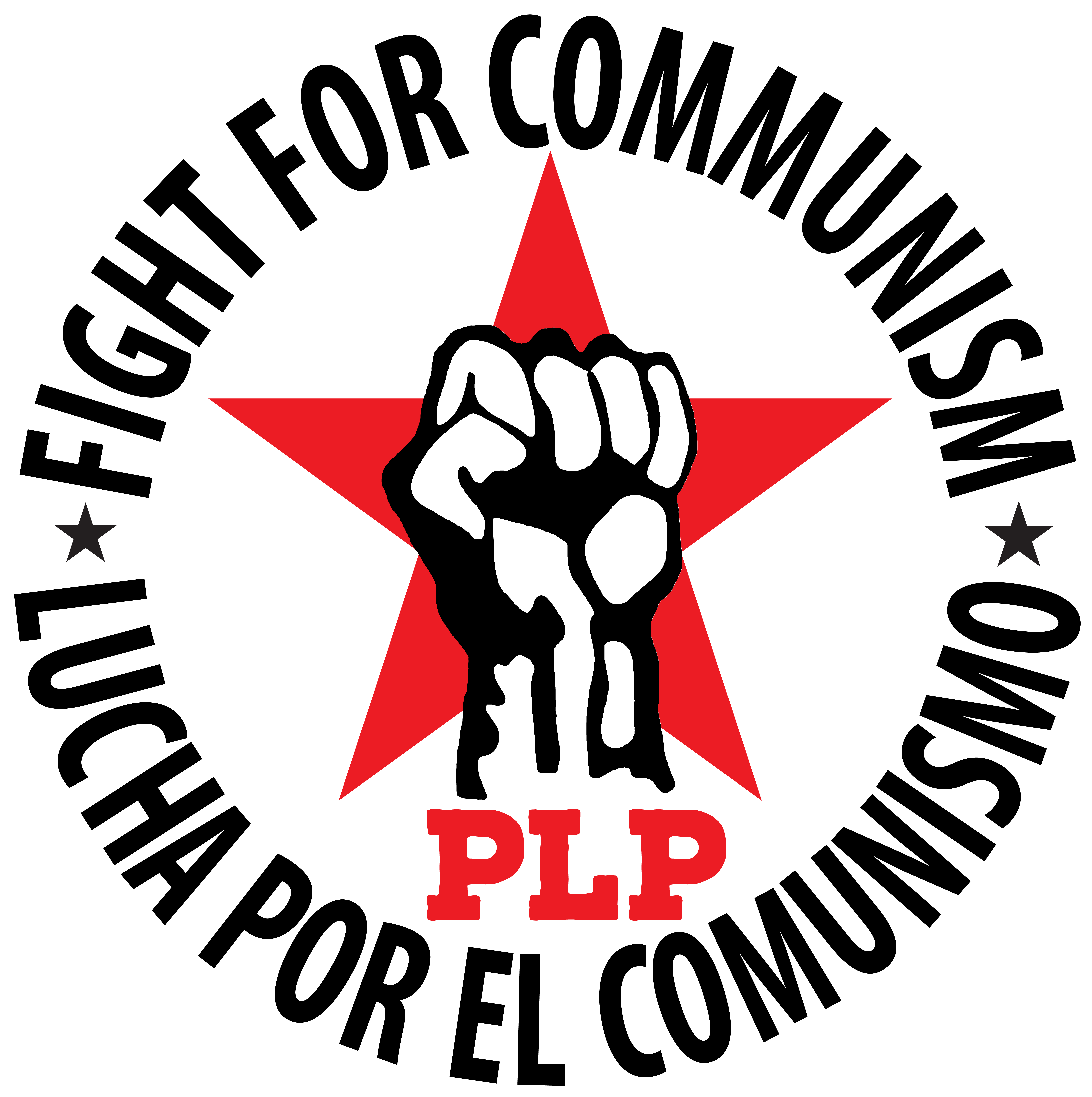Working-Class Culture Jacob Lawrence’s powerful paintings of class struggle
 Friday, November 20, 2020 at 8:49PM
Friday, November 20, 2020 at 8:49PM Jacob Lawrence, the great Black social realist artist and one of the major U.S. painters of the 20th century, understood that struggle was primary. The first and overdue exhibition from his mid-1950s series of paintings, Struggle: From the History of the American People, is now touring the U.S. When it came to the Metropolitan Museum in New York, in an opening delayed by the pandemic, long lines greeted viewers. But this unique exhibition was worth the wait. Unlike most Met exhibitions, this show featured the politics of struggle. Lawrence (1917-2000) counted communists like Langston Hughes and Richard Wright among his friends. While he never joined the Communist Party himself, he had a deep understanding of the racist inequalities of capitalism.
Lawrence knew struggle from an early age. His parents were part of the Great Migration of Black workers who left their persecution in the South in the early and mid-20th century to seek better job opportunities in the North. The family lived briefly in Atlantic City, where Lawrence was born, before moving to Philadelphia, where his parents split up. Leaving Jacob and two siblings in foster homes, his mother moved to Harlem for better job prospects. The children joined her a couple years later, and Lawrence took art classes in the mid-1930s funded by the Federal Art Project, one of the Franklin Delano Roosevelt’s New Deal agencies.
Framing art in antiracist and working-class struggle
Other artists, writers, and communist intellectuals recognized Lawrence’s incredible talent for design, his knowledge of history, and his singular focus to expose exploitation. After his Toussaint L’Ouverture series of 1938 won the young artist acclaim, he used a fellowship to fund his work on three more historical series about anti-racist fighters: Frederick Douglass, Harriet Tubman, and John Brown. In 1941, Lawrence completed his landmark Migration Series. This epic, 60-panel work showed the exploitation and hardships for Black workers in the South, the ordeal of their journeys to northern cities like Chicago and New York, and their challenges in adapting to new social structures. Lawrence’s family was part of that migration and his experiences informed his work. While he grew up in the supportive community of Harlem, he knew what it meant to live as a Black man in Jim Crow America. He had a sharp eye for the capitalist structures perpetuating racism, a hatred of the poison of racist segregation, and a deep appreciation for the power of working-class fightback.
In the mid-1950s, during the height of the Cold War and U.S. anti-communism, Lawrence embarked on his Struggle series that’s now on exhibition . As he told an interviewer:
The history of the United States fascinates me. Right now, I’m reading in it, looking for any episode that suggests a symbol of struggle. The part the Negro has played in all these events has been greatly overlooked. I intend to bring it out. We were not just slaves before the Civil War. We were volunteers in all the wars. We played a great part.
Informed by Lawrence’s research at the Schomburg Library in Harlem, the result was a series of 30 paintings that ranged from the American Revolution to the War of 1812. The panels focus not on generals and politicians, but on the struggles of ordinary people. Many represent the strivings of indigenous and women workers for social justice.
The exhibition’s first panel, called . . . is life so dear or peace so sweet as to be purchased at the price of chains and slavery? – Patrick Henry, 1775,” quotes from Henry’s closing line from a speech in Richmond. It depicts a group of men gathered in a circle with fists raised in response to the speech. The exhibition catalogue points out the irony of Henry’s Give me liberty or give me death rhetoric, given that the War of Independence from Britain would perpetuate slavery. Like many of the “Founding Fathers,” Henry was a significant enslaver himself. At the time of his death, he owned 112 enslaved people (redhill.org).
Panel five shows a clash of swords, bayonets, and long knives, with Black soldiers fighting against the British. The title is: We have no Property! We have no wives! No children! We have no city! No country! – petition of many slaves, 1773.” The quotation comes from Herbert Aptheker’s A Documentary History of the Negro People in the United States (1951), in which slaves were petitioning the Commonwealth of Massachusetts. Aptheker, a communist historian, was hounded by the U.S. government during the anti-communist assaults of the 1950s. The point is that there is a long history of workers struggling against racism.
The title of Panel 11 consists of a string of numbers followed by the words “—an informer’s coded message.” In this panel, one figure in profile whispers into the ear of a man facing forward. The string of numbers is the code used by the traitor Benedict Arnold when he betrayed the war movements of General George Washington. The panel clearly references FBI informants who were called as witnesses to the mid-1950s hearings of the House Committee on Un-American Activities and Senator Joseph McCarthy’s Permanent Subcommittee on Investigations. The catalogue reproduces a photograph of McCarthy and his infamous lawyer Roy Cohn, who later went on to mentor the young Donald Trump. Many of Lawrence’s friends were called to such panels of inquisition; some had their careers ruined by informers.
The writers in the exhibition catalogue are a multiracial group of artists, curators, historians, and art collectors. One curator commented, “In the tradition of artist-educators, Lawrence produced his Struggle series to make history more rebellious, democratic, and complex in a manner that continues to resonate today.”
Jacob Lawrence’s paintings brought real history alive in the spirit of Karl Marx, who with Friedrich Engels wrote in the 1848 Communist Manifesto: Workers of the world, unite! You have nothing to lose but your chains! Many artists today follow in Lawrence’s footsteps, and the exhibition catalogue includes illustrations of their works and their words. The exhibition is now at the Birmingham Museum of Art in Alabama and then will move on to the Seattle Art Museum and The Phillips Collection in Washington, DC.





 Progressive Labor Party (PLP) fights to destroy capitalism and the dictatorship of the capitalist class. We organize workers, soldiers and youth into a revolutionary movement for communism.
Progressive Labor Party (PLP) fights to destroy capitalism and the dictatorship of the capitalist class. We organize workers, soldiers and youth into a revolutionary movement for communism.




Reader Comments